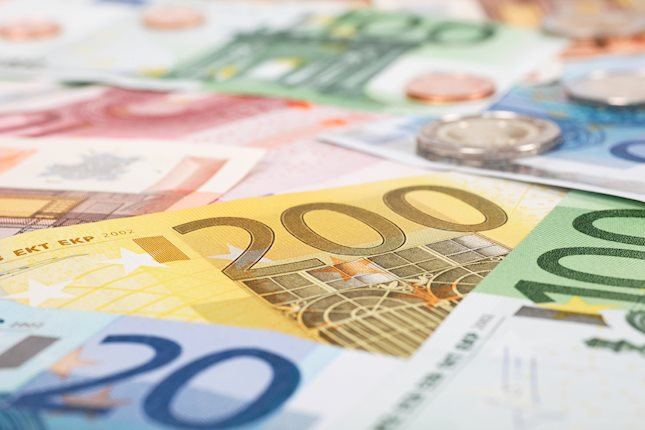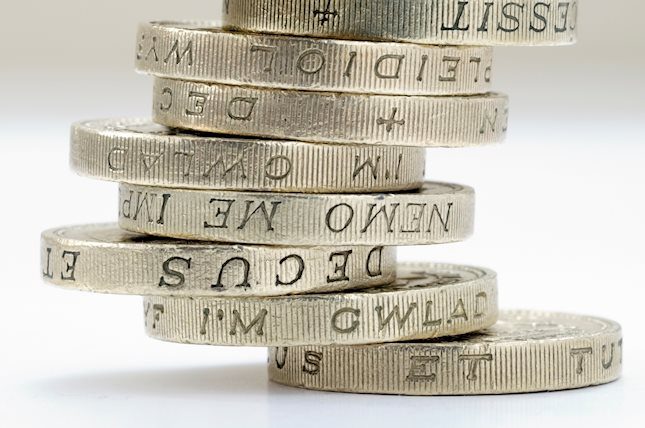- Silver price depreciates as safe-haven metals face challenges over Trump trade rally.
- Early exit polls indicate former President Donald Trump currently holds an edge over Vice President Kamala Harris.
- Improved US Treasury yields contribute to the downward pressure on non-yielding Silver.
Silver price (XAG/USD) struggled to hold onto recent gains, trading around $32.10 per troy ounce during the Asian session on Wednesday. The dollar-denominated precious metal faces downward pressure from a stronger US Dollar (USD), which is likely linked to a rally sparked by the favorable results for the Republican candidate in the US presidential election.
As exit polls begin to show growing support for former President Donald Trump, the likelihood of him becoming the 47th president is increasing. This renewed optimism surrounding the "Trump trade" is lifting market sentiment, creating downward pressure on safe-haven assets like Silver.
Early exit poll results from Wisconsin indicate a lead for Republican candidate Donald Trump, with 56% of the vote compared to 42.5%, based on 7.5% of expected votes counted. In North Carolina, exit polls show a tight race between Trump and Kamala Harris, with 50% of the votes counted. In Michigan, with 12% of votes counted, Harris' lead has shrunk from 61% to 53%.
Moreover, initial results show Harris leading Trump 61% to 38%, with 46% of the votes tallied in Nebraska's District 2. Meanwhile, early exit polls from Georgia, one of the first states to report, show a slight edge for Trump. With 16 electoral votes up for grabs, preliminary data suggests Trump holds a 10% lead over Harris, although this is based on less than 1% of votes counted, according to The Washington Post.
Additionally, non-yielding assets like Silver are facing headwinds as US Treasury yields rise, with the 2-year and 10-year US Treasury bond yields at 4.23% and 4.34%, respectively, at the time of writing. Market attention is focused on the balance of power in Congress, as a sweep by either party could bring substantial changes to spending and tax policies, influencing broader market dynamics.
Silver FAQs
Silver is a precious metal highly traded among investors. It has been historically used as a store of value and a medium of exchange. Although less popular than Gold, traders may turn to Silver to diversify their investment portfolio, for its intrinsic value or as a potential hedge during high-inflation periods. Investors can buy physical Silver, in coins or in bars, or trade it through vehicles such as Exchange Traded Funds, which track its price on international markets.
Silver prices can move due to a wide range of factors. Geopolitical instability or fears of a deep recession can make Silver price escalate due to its safe-haven status, although to a lesser extent than Gold's. As a yieldless asset, Silver tends to rise with lower interest rates. Its moves also depend on how the US Dollar (USD) behaves as the asset is priced in dollars (XAG/USD). A strong Dollar tends to keep the price of Silver at bay, whereas a weaker Dollar is likely to propel prices up. Other factors such as investment demand, mining supply – Silver is much more abundant than Gold – and recycling rates can also affect prices.
Silver is widely used in industry, particularly in sectors such as electronics or solar energy, as it has one of the highest electric conductivity of all metals – more than Copper and Gold. A surge in demand can increase prices, while a decline tends to lower them. Dynamics in the US, Chinese and Indian economies can also contribute to price swings: for the US and particularly China, their big industrial sectors use Silver in various processes; in India, consumers’ demand for the precious metal for jewellery also plays a key role in setting prices.
Silver prices tend to follow Gold's moves. When Gold prices rise, Silver typically follows suit, as their status as safe-haven assets is similar. The Gold/Silver ratio, which shows the number of ounces of Silver needed to equal the value of one ounce of Gold, may help to determine the relative valuation between both metals. Some investors may consider a high ratio as an indicator that Silver is undervalued, or Gold is overvalued. On the contrary, a low ratio might suggest that Gold is undervalued relative to Silver.
Information on these pages contains forward-looking statements that involve risks and uncertainties. Markets and instruments profiled on this page are for informational purposes only and should not in any way come across as a recommendation to buy or sell in these assets. You should do your own thorough research before making any investment decisions. FXStreet does not in any way guarantee that this information is free from mistakes, errors, or material misstatements. It also does not guarantee that this information is of a timely nature. Investing in Open Markets involves a great deal of risk, including the loss of all or a portion of your investment, as well as emotional distress. All risks, losses and costs associated with investing, including total loss of principal, are your responsibility. The views and opinions expressed in this article are those of the authors and do not necessarily reflect the official policy or position of FXStreet nor its advertisers. The author will not be held responsible for information that is found at the end of links posted on this page.
If not otherwise explicitly mentioned in the body of the article, at the time of writing, the author has no position in any stock mentioned in this article and no business relationship with any company mentioned. The author has not received compensation for writing this article, other than from FXStreet.
FXStreet and the author do not provide personalized recommendations. The author makes no representations as to the accuracy, completeness, or suitability of this information. FXStreet and the author will not be liable for any errors, omissions or any losses, injuries or damages arising from this information and its display or use. Errors and omissions excepted.
The author and FXStreet are not registered investment advisors and nothing in this article is intended to be investment advice.
Recommended content
Editors’ Picks

EUR/USD stabilizes near 1.0550, looks to post weekly gains
EUR/USD continues to fluctuate in a tight channel at around 1.0550 in the American session on Friday as trading action remains subdued with US financial markets heading into the weekend early. The pair looks to end the week in positive territory.

GBP/USD loses traction, retreats below 1.2700
After climbing to its highest level in over two weeks at 1.2750, GBP/USD reverses direction and declines to the 1.2700 area on Friday. In the absence of fundamental drivers, investors refrain from taking large positions. Nevertheless, the pair looks to snap an eight-week losing streak.

Gold pulls away from daily highs, holds near $2,650
Gold retreats from the daily high it set above $2,660 but manages to stay afloat in positive territory at around $2,650, with the benchmark 10-year US Treasury bond yield losing more than 1% on the day. Despite Friday's rebound, XAU/USD is set to register losses for the week.

Bitcoin attempts for the $100K mark
Bitcoin (BTC) price extends its recovery and nears the $100K mark on Friday after facing a healthy correction this week. Ethereum (ETH) and Ripple (XRP) closed above their key resistance levels, indicating a rally in the upcoming days.

Eurozone PMI sounds the alarm about growth once more
The composite PMI dropped from 50 to 48.1, once more stressing growth concerns for the eurozone. Hard data has actually come in better than expected recently – so ahead of the December meeting, the ECB has to figure out whether this is the PMI crying wolf or whether it should take this signal seriously. We think it’s the latter.

Best Forex Brokers with Low Spreads
VERIFIED Low spreads are crucial for reducing trading costs. Explore top Forex brokers offering competitive spreads and high leverage. Compare options for EUR/USD, GBP/USD, USD/JPY, and Gold.